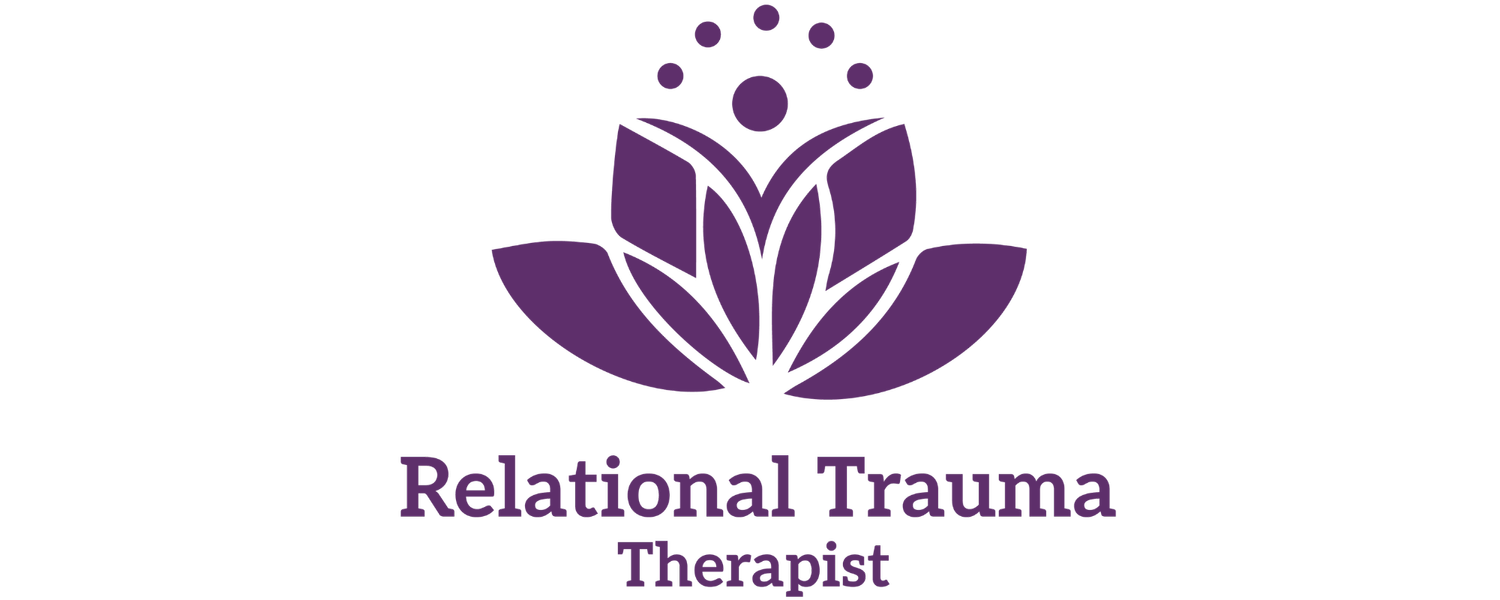How to Set Healthy Boundaries for Stronger Relationships
Healthy boundaries are the foundation of emotional well-being and meaningful relationships. They allow us to show up as our best selves—protecting our time, energy, and emotional health while facilitating mutual respect. If you’ve ever felt stretched too thin, overwhelmed by demands, or unsure where to draw the line, you’re not alone. Setting healthy boundaries takes practice, but it’s one of the most empowering things you can do for yourself. Let’s explore what boundaries are, why they matter, and how to make them a natural part of your life.
What Are Healthy Boundaries?
Boundaries are the invisible lines we draw to protect what matters most—our time, energy, and well-being. They’re not walls to keep people out but rather guidelines to ensure that our relationships remain respectful and balanced.
Healthy boundaries come in many forms:
Physical: Defining your personal space or comfort with touch.
Emotional: Deciding how much of your inner world you want to share.
Time: Protecting your availability and prioritizing what’s important to you.
Boundaries are deeply personal. What feels right for you might be different for someone else—and that’s okay.
Why Are Boundaries So Important?
Without boundaries, life can feel chaotic. You might find yourself saying yes to things you don’t want to do, feeling resentful, or losing sight of your own needs. Boundaries give you the power to:
Take charge of your life.
Protect your emotional well-being.
Build healthy relationships based on mutual respect.
Prevent burnout.
Show others how you deserve to be treated while reminding you of your own worth.
Signs You Might Need Stronger Boundaries
Do you often feel drained, overwhelmed, or resentful after interactions with others? This may be a sign that it’s time to reevaluate your boundaries. Here are some other signs:
You struggle to say no, even when you want to.
You prioritize others’ needs at the expense of your own.
You fear disappointing people or worry about how they’ll react if you assert yourself.
If any of these resonate, it’s a signal that stronger boundaries could help restore balance in your life.
Steps to Set Healthy Boundaries
Boundary-setting doesn’t have to feel overwhelming. Here’s a step-by-step guide to help you start:
Identify Your Needs: Take time to reflect. What makes you feel safe, respected, and valued in your relationships? What behaviors cross the line for you?
Communicate Clearly: Express your boundaries in a calm and respectful way. For example: “I need some time to myself after work to decompress.” Clear communication makes it easier for others to understand your needs.
Practice Saying No: Saying no can feel uncomfortable at first, but it’s essential for boundary-setting. Remind yourself that prioritizing your well-being isn’t selfish—it’s necessary.
Stay Consistent: Mixed messages can blur your boundaries. Reinforce them consistently to ensure they’re respected.
Seek Support: If setting boundaries feels especially challenging, a therapist or trusted friend can help you navigate your emotions and develop strategies.
Maintaining Boundaries in Challenging Situations
Setting boundaries can feel especially tough when others push back. You might face resistance or guilt but remember: boundaries are about you.
Stay Calm: Avoid over-explaining or defending your choices.
Reinforce Firmly: Politely but confidently restate your boundaries if needed.
Know Your Worth: Remember that healthy relationships will respect your needs, even if it takes time to adjust.
Benefits of Setting Healthy Boundaries
When you make boundaries a priority, you create space for growth, balance, and healthier connections. You’ll notice:
Stronger Relationships: Built on mutual respect and understanding.
Improved Self-Esteem: Knowing your needs matter boosts your confidence.
Reduced Stress: Boundaries help prevent burnout and overwhelm.
Boundaries aren’t just about protecting your well-being—they’re about creating room for joy, connection, and authenticity.
